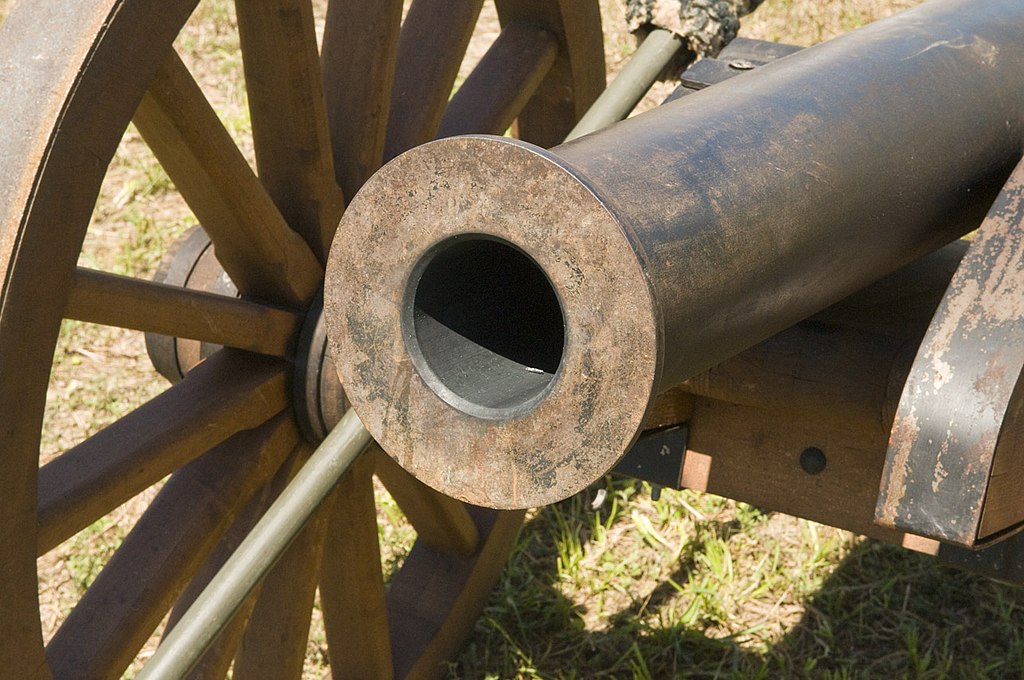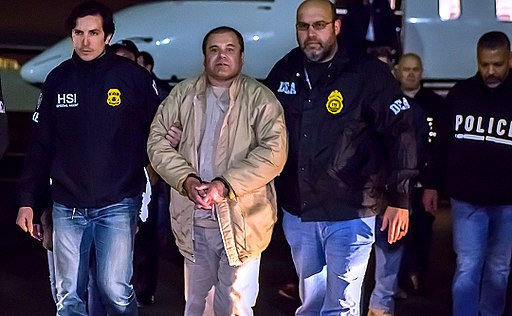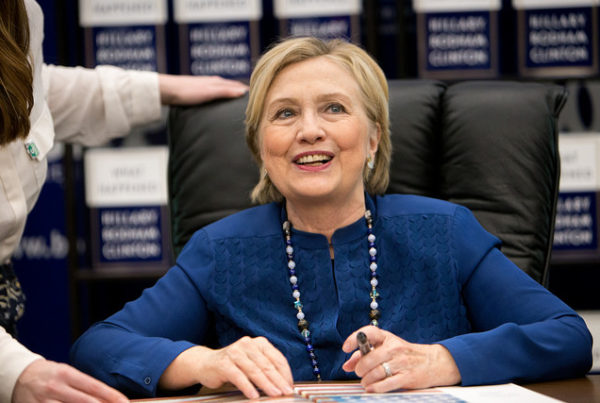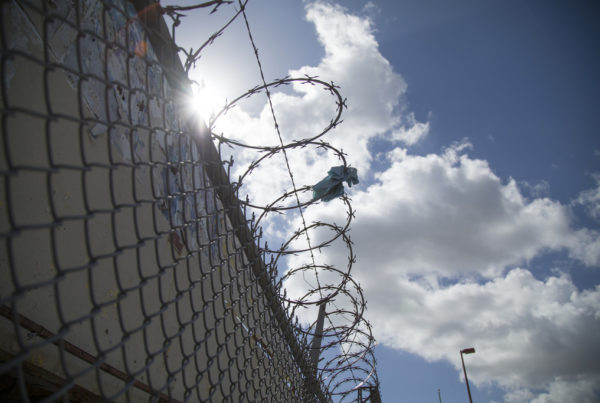Everyone is breathing easier now that we have survived another political season intact. Texas is still here. The consensus seems to be that Texans are more divided than ever, but the truth is we have always been a contentious people. This is nothing new. I think it’s in our cultural DNA.
You hear people claim all the time that if the other political party wins, they’ll leave. Nobody much follows through, but Davy Crockett did. As he ran for reelection to Congress in Tennessee in 1835, he said that if he won he would serve the people faithfully, as he always had. “But if not,” he warned, probably with a smile, “they might all go to hell, and I would go to Texas.” He made good on his promise, too. Within six months of losing, he packed up and headed for Nacogdoches.
In the early 1800s, pre-Alamo, many people from the U.S. – because of debt, or local government, or in pursuit of greener pastures – immigrated to Texas. They left signs on their doors or sent letters to relatives with this abbreviation: GTT. And GTT was just as clear to people then as LOL is in chatspeak today. GTT meant Gone to Texas. Early Texas was populated by opinionated individuals of strong beliefs and unyielding determination. This is why the Texas revolution was no hotbed of harmony, if I can use such an oxymoron to define it.
As the idea of revolution evolved in Texas, the first disagreement was in deciding what Texans were fighting for. Were they fighting for a return to full Mexican statehood or for a Republic of Texas? Many saw the latter as suicide and argued for just reinstating the Mexican federal Constitution of 1824, which Santa Anna had abolished when he came to power. Others argued for full and complete independence. At the first independence convention, called the Consultation, it was decided that the reinstatement of the Constitution of 1824 would be sufficient. They’d get back their state’s rights.
So they chose a provisional government with Henry Smith as governor and Sam Houston as commander of the army, though there was no real army at the time – just a theoretical one. The council that chose the governor then secretly arranged to send an army (this one of volunteers), to invade Matamoros, Mexico. However, they couldn’t decide on who would take charge of this invasion force, so they chose three men to share command. Guess you know how that worked out. And then Governor Smith found out about the secret plan and disbanded the council, but the council said Smith had no such power and they impeached him. Not a good start.
That conflict was resolved four months later at Washington-on-the-Brazos when 60 delegates met on March 1, 1836. They signed the Texas Declaration of Independence the next day. They had remarkable resolve. They met, created and signed the document, declaring Texas free all within 24 hours. Fastest government in history. Of course, enemy armies advancing from the south and the west likely inspired their work.
Then at the Alamo, they couldn’t decide on a single commander because the volunteers wouldn’t submit to Travis’s authority. So James Bowie commanded the volunteers and William B. Travis commanded the army recruits, at least until Bowie became gravely ill, then Travis was the sole commander.
At Goliad, prior to the disaster there, troops refused to take orders from Sam Houston. They preferred commanders they knew. So, for a while, Houston was a commander in search of an army. He went to Gonzales where there were 300 volunteers who followed him unenthusiastically. As he went east away from Santa Anna instead of west to engage the enemy, they questioned his courage. All Texas commanders at that time struggled to keep control of their troops.
Professor Stephen L. Hardin said, “Texians were great fighters but poor soldiers. …Independent and insubordinate, they were an officer’s nightmare… The Texian volunteer was disorderly, bedraggled, and unprofessional. He did not fight for procedures, politics, or pay. His reason stood over the hearth cooking game he had bagged; his reason napped in the crib he had crafted; his reason grew in the fields he had cleared and planted. Because his imperatives were so personal, he zestfully slaughtered any who threatened them. A consummate individualist, he did not want to belong to any establishment—a military establishment most of all.”
So it was a struggle for Houston to get control of these men, but he did a little better as he went eastward and volunteers flocked to his ranks. They were still often insubordinate from time to time, and outspoken about their resentment of his apparent strategy of retreat. The men were frustrated that he wouldn’t make a stand at each river they crossed, but he used that frustration to wind them tight and turn them into ferocious tigers at San Jacinto.
My point in this commentary is that Texans started off as a disorderly, contentious bunch who resisted and bucked against structure at every turn. Argument and disagreement and contentiousness remain within us, but out of this friction has arisen a beautiful and wealthy state, a place that Crockett described in his last known letter, written to his children, as “the garden spot of the world.” He said, “…I do so believe it is a fortune to any man to come here. There is a world of country to settle.” That has been an accurate prophecy for many of us.
















